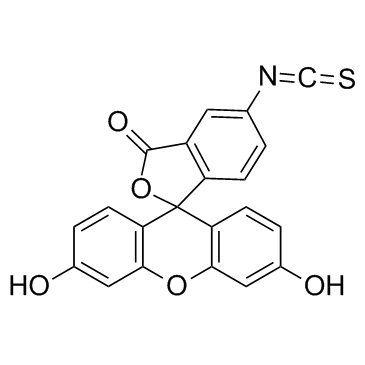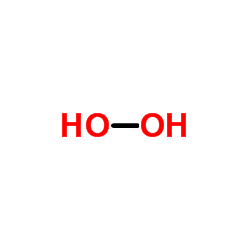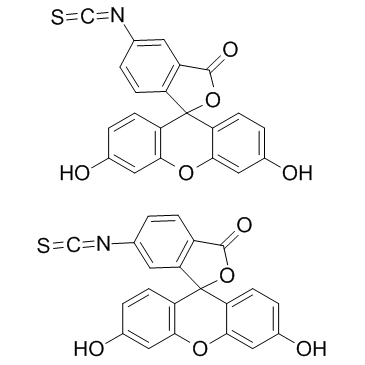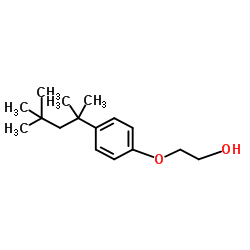| 结构式 | 名称/CAS号 | 全部文献 |
|---|---|---|
 |
双酚a
CAS:80-05-7 |
|
 |
乙醇
CAS:64-17-5 |
|
 |
异硫氰酸荧光素酯
CAS:3326-32-7 |
|
 |
过氧化氢
CAS:7722-84-1 |
|
 |
异硫氰酸荧光素
CAS:27072-45-3 |
|
 |
枸橼酸他莫昔芬
CAS:54965-24-1 |
|
 |
DL-甘油醛-3-磷酸
CAS:591-59-3 |
|
 |
他莫昔芬
CAS:10540-29-1 |
|
 |
4-叔辛基苯酚单氧化物
CAS:2315-67-5 |
|
 |
阿非昔芬
CAS:68392-35-8 |